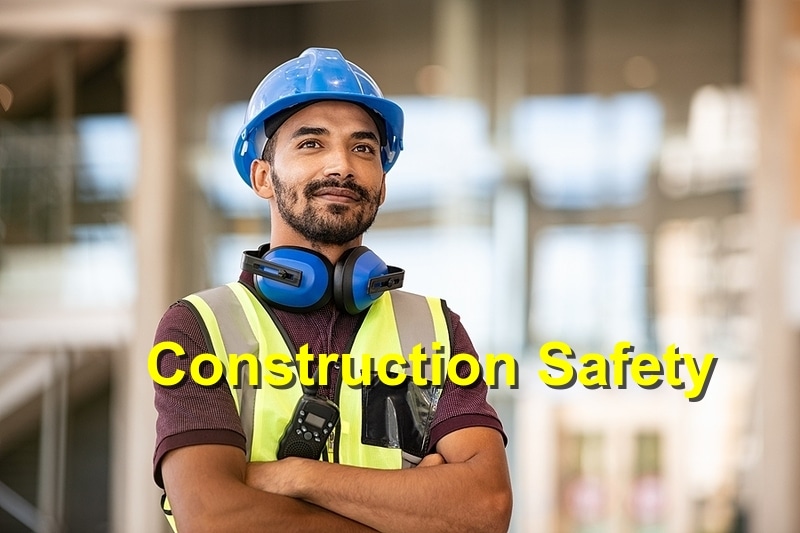As construction sites remain to be very hazardous and accounting for a majority of workplace deaths. Developing an elaborate plan to reduce the frequency of accidents that are responsible for the deaths. In this piece we take a look at the various techniques you can put in place in order to develop a safe workplace.
- Make sure you are compliant with safety regulations
Prevention of accidents that lead to injuries has always been the key to minimizing injuries. Besides developing regulations within the site, we recommend that you stay up to date with the latest laws and rules surrounding the workplace. This will ensure that you are implementing top risk management protocol that guarantees maximum security. The latest standards from the Occupational Safety and Health Administration (OSHA) released in 2017 allow construction managers more flexibility in choosing between fall protection systems suitable for work.
- Invest in First Aid
Since the site is so frequent with accidents and injuries, it’s wise to go above and beyond the bare minimum for a first aid kit when you’re talking about the safety of your workers in order to be on the safe side. Legally, businesses are required to provide workers with a minimal first aid kit containing some bare necessities.
- Get Your Workers the Latest Gear
Workers need to be equipped with the latest gear and work clothes to maintain adequate safety on a construction site. This involves more than just a helmet and boots. Modern smart helmets and high-performance boots have revolutionized the safety aspect of construction.
- Hold Regular Safety Meetings
Keeping every worker aware of the danger the job presents is important for maintaining safety. Consistently holding a safety meeting provides an opportunity to remind employees of the dangers found in the risk assessment. By focusing on a new issue each time, foremen can ensure their crews are reminded of various points of exposure on the jobsite.
- Conduct a Real Risk Assessment
A real risk assessment is done before the project commences. The construction site should be inspected for any unusual or potential hazards. Recognizing these hazards and their potential to cause specific accidents will allow you to create a proper safety plan.
Conclusion
Despite the job accounting for the majority of job fatalities, foremen can develop plans and strategies that can make the construction sector safer.
References: OptimumSafety, BlogCapterra




